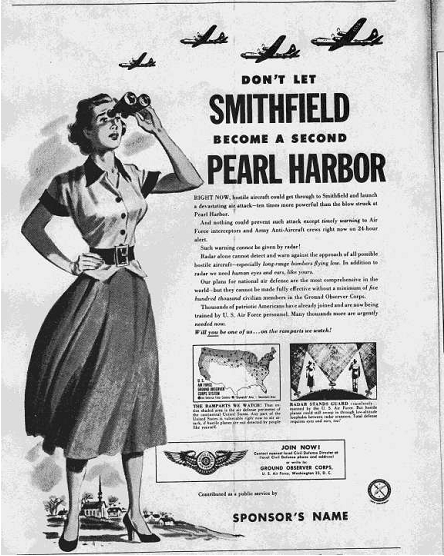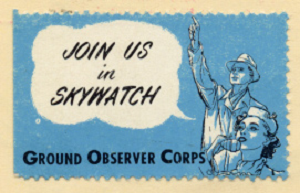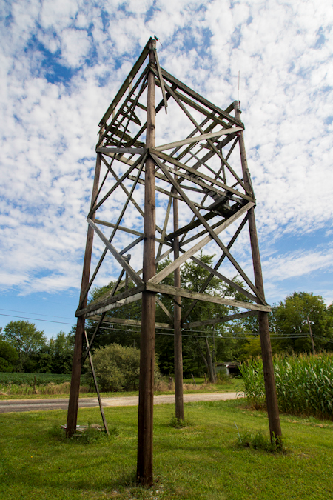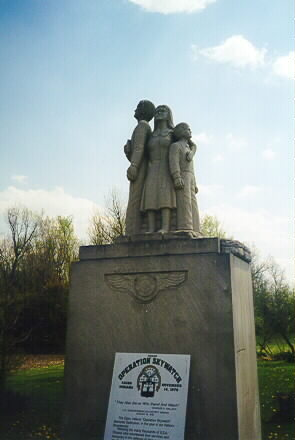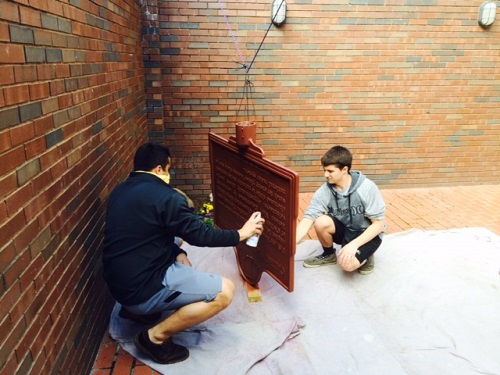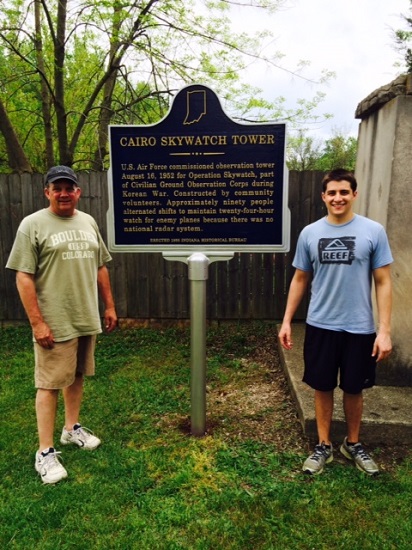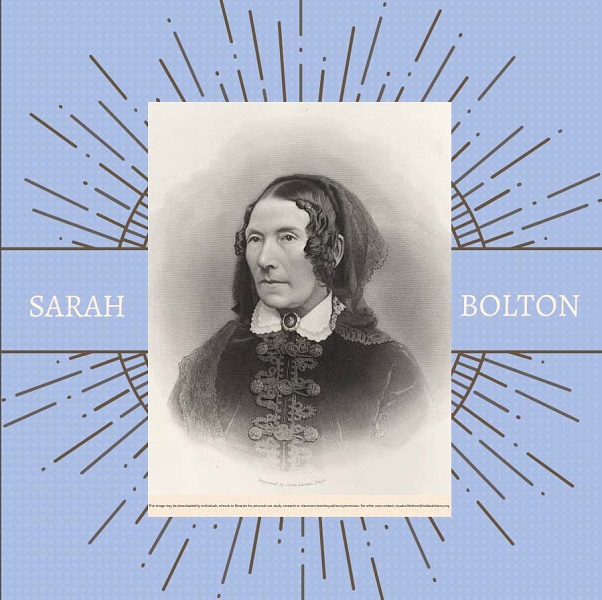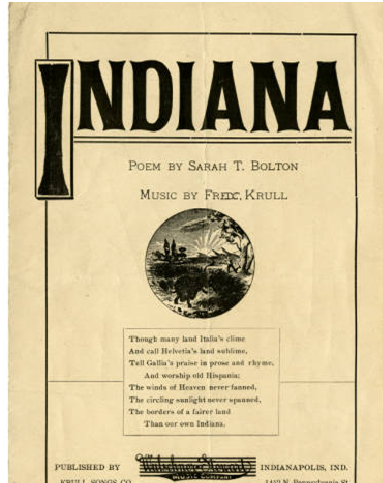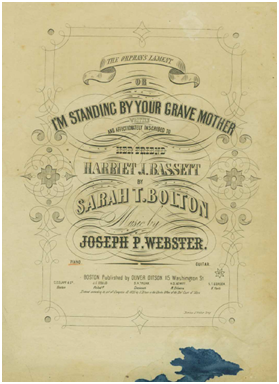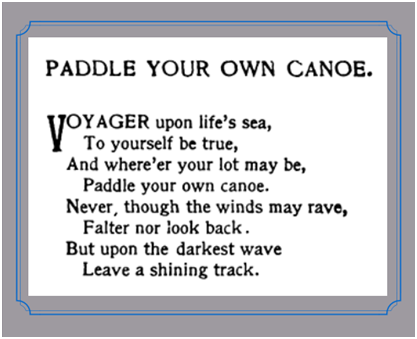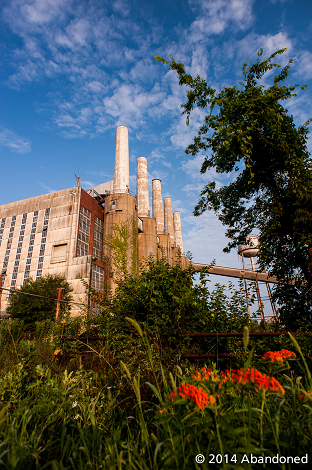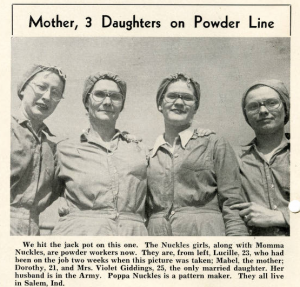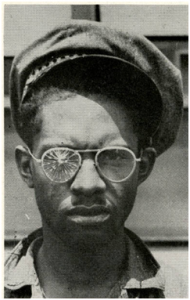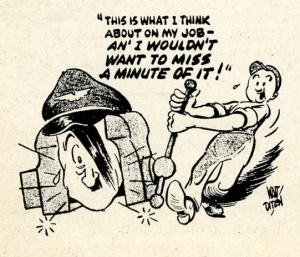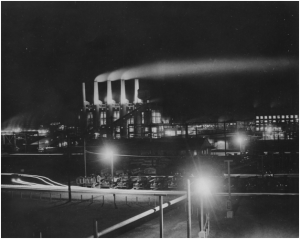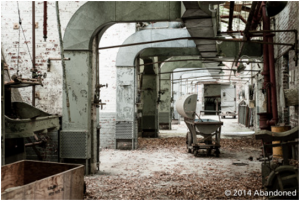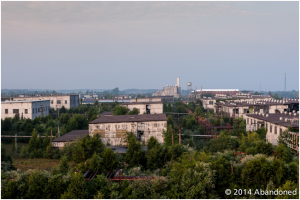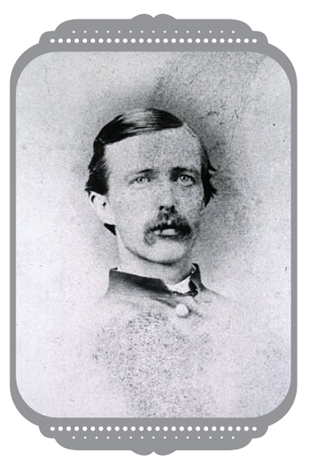
We all know those people, who accomplish more in one hour than we do all week, who redefine “industrious” and excel at everything they try. Indiana native John Shaw Billings was the archetype, a visionary with seemingly infinite energy who revolutionized medical and bibliographical practices that endure into the 21st century. Billings stands among several Hoosiers who are profoundly influential, yet under recognized, including the inventor of the television Philo T. Farnsworth and creator of one of America’s first automobiles Elwood Haynes.
Billings was born April 12, 1838 in Allensville, Indiana; his family moved to the East Coast briefly in 1841 and returned in 1848. Ambitious from a young age, Billings made a deal with his father that, in exchange for forfeiting inherited property, his father would fund his college education. At the age of 14 and after intensive study, he passed the entrance exam for Miami University at Oxford, Ohio, where he incessantly studied philosophy and theology at the college library. After earning his B.A., he entered the Medical College of Ohio at Cincinnati in 1858, where he undertook his thesis “The Surgical Treatment of Epilepsy” that would later inform his monumental bibliographical endeavors.

Shortly after graduation, Billings’s training coincided with the start of the American Civil War, providing him with opportunities to apply his medical knowledge. In 1861, Billings traveled to Washington, D.C. and became a contract-surgeon with the military. Soon thereafter he was appointed assistant surgeon in the U.S. Army, working at the Union Hospital in Georgetown. While there, his “extraordinary manual skill and boldness in dealing with difficult cases attracted the attention of the surgeon-general,” and he was put in charge of Cliffburne Hospital near Georgetown.
As a Civil War surgeon at several prominent battles–including the Battles of Chancellorsville, Gettysburg, Cold Harbor, and Petersburg–Billings was tasked with establishing field hospitals, operating and treating wounded soldiers for hours while under fire, and transporting waves of injured soldiers from battle sites with limited equipment. Billings lamented the trials of his work, writing to his wife about the Battle of Gettysburg:
“I am utterly exhausted, mentally and physically. I have been operating night and day, and am still hard at work. I have been left in charge of 700 wounded, and have got my hands full. Our division lost terribly, over 30 per cent were killed and wounded. I had my left ear just touched with a ball . . . I am covered with blood, and am tired out almost completely, and can only say that I could lie down and sleep for sixteen hours without stopping. I have been operating all day long, and have got the chief part of the work done in a satisfactory manner.”
After the battle, Billings understandably left field work for a brief period due to “nervous tension and physical exhaustion.” In August 1864, Billings helped edit field reports that became the monumental The Medical and Surgical History of the War and eventually transferred to the Surgeon-General’s Office, where he remained until retirement in 1895.
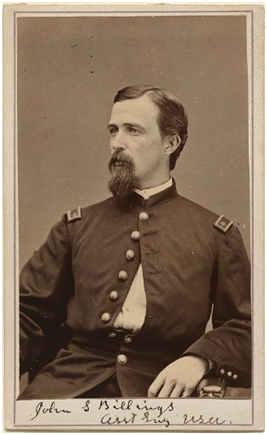
As the war concluded, hospitals submitted surplus operating funds to the Surgeon-General’s Office; these funds were given to Billings to build up the Surgeon-General’s library, which later became the National Library of Medicine. Billings expanded the collection by writing to editors, librarians, physicians, and State Department officials requesting book donations, eventually increasing its holdings from 600 entries in 1865 to 50,000 by 1873. The scope of the collection soon required a guide to help researchers locate desired publications. Billings understood firsthand the difficulty of locating such sources, as his thesis research required intensive time, labor, and travel to libraries in Cincinnati and Philadelphia.
With the assistance of Dr. Robert Fletcher, Billings devised a catalogue for the Surgeon-General library’s holdings, publishing the first volume of the Surgeon General’s Medical Index Catalogue in 1880. He hoped it “would spare medical teachers and writers the drudgery of consulting ten thousand or more different indexes or of turning over the leaves of as many volumes to find the dozen or so references of which they might be in search.” As new medical materials were published, Billings struggled to keep the Catalogue current, so he devised the Index Medicus, a monthly supplement that focused on new and select publications. The Index Medicus was the forerunner to the medical databases MEDLINE and PubMed.

Prior to Billings’s systematic efforts to compile and organize medical literature, researchers and physicians had few methods to effectively locate sources, including medical studies and reports on operations. The Index Catalogue and Medicus served as a nearly comprehensive clearinghouse of medical literature, both current and historical, whose contents could aid in medical education and diagnoses. Dr. Stephen J. Greenberg and Patricia E. Gallagher summarize the magnitude of Billings’s efforts in “The Great Contribution,” contending that “with only ink and index cards, they [Billings and Fletcher] tamed an enormous and complex technical literature in virtually every written language on the planet” and that the indices “paved the way for the great databases that now are the primary underpinnings for the medical research of the future.”
Billings’s efforts at the Surgeon-General’s library served as the beginning of his library work, which would one day lead him to industrialist and philanthropist Andrew Carnegie. For more information on Billings’s Civil War activities and establishment of the Surgeon-General’s library and corresponding Index Catalogue, see the Historical Marker Review.
Check back for Part II: “A New Era of Hospital Construction” about Billings’s involvement in the establishment of Johns Hopkins Hospital and how it revolutionized medical treatment and education.

